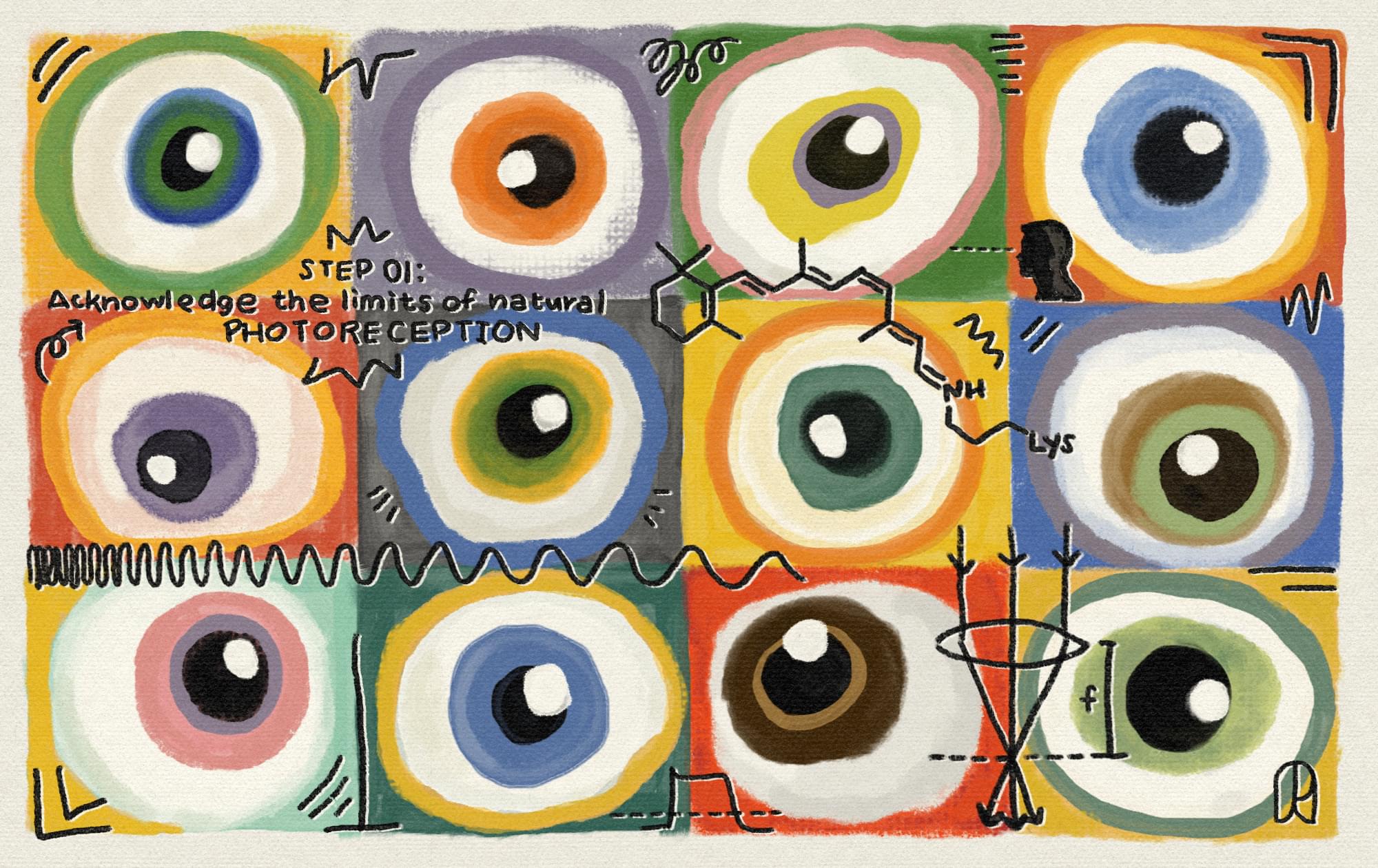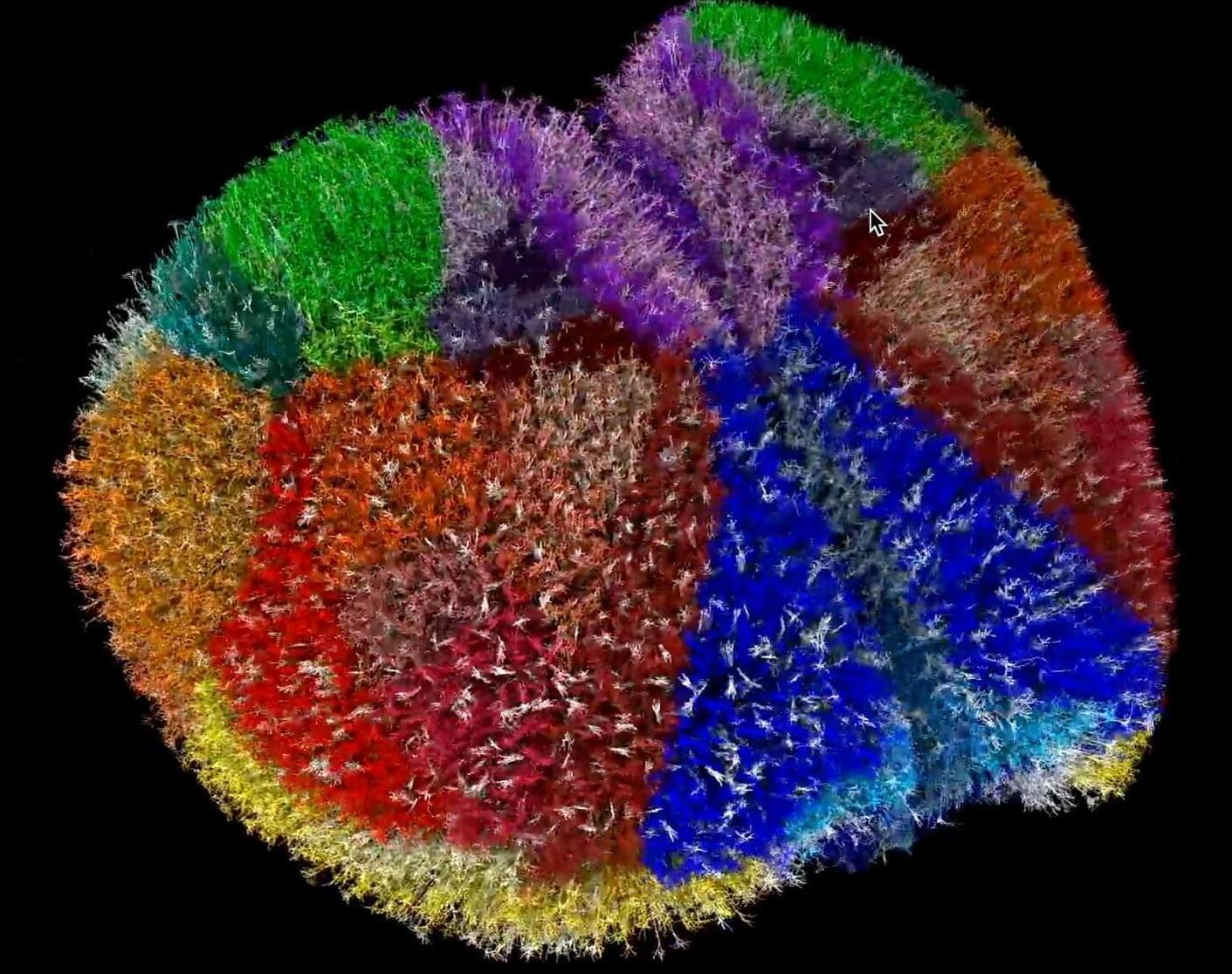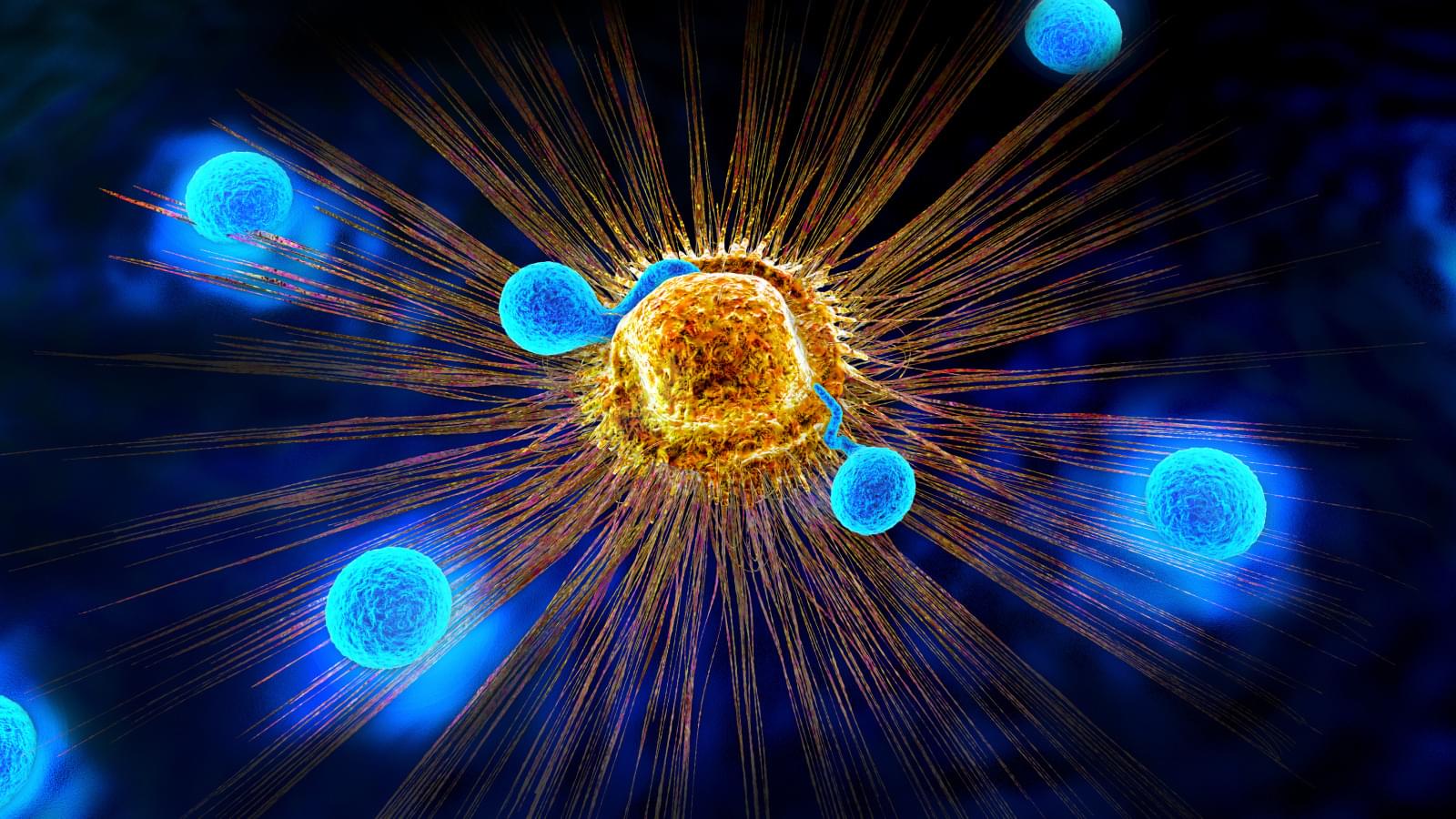Previous attempts at building a chemical computer have been too simple, too rigid or too hard to scale, but an approach based on a network of reactions can perform multiple tasks without having to be reconfigured



Looking at the bench and readings, he concluded that the previous night’s firmware update had introduced a timing mismatch. The wires hadn’t burnt out, but the clock that told them when to fire had been off by a microsecond, so the expected voltage response never lined up. He suspected half the channels had dropped out, even though the hardware itself wasn’t damaged. Fifteen minutes and a simple firmware rollback later, and everything worked perfectly.
Now, Lyre and I swapped the saline for neuron cultures to check if the wires could trigger and record real biological data. While we confirmed, Aux fine-tuned his AI encoder and processed April’s data.
We were finally ready to test the integrated system, without yet risking its insertion into April’s brain. We built something we only half jokingly called a “phantom cortex,” a benchtop stand-in: a synthetic cortical sheet of cultured neurons on a chip designed to act as April’s visual cortex. On one side, we put a lab-grown retinal implant that carried live sensory input. On the other, Aux’s playback device pushed reconstructed memories. The phantom cortex’s visual field was rendered on a lab monitor so that we could assess the pattern projections. The phantom cortex rig buzzing faintly in the background, gelled neuron sheets twitching under the microscope with each ripple of charge.


The study, led by Darryl Seligman of Michigan State University, used simulations to model ISO behaviour and paths. The findings suggest that certain regions are more exposed to potential impacts.
“In this paper we calculate the expected orbital elements, radiants, and velocities of Earth-impacting interstellar objects,” the paper is available online at arxiv.org.
A report by the Universe Today mentioned that the analysis doesn’t calculate the number of ISOs as are no constraints on the number to work with.



A new study led by researchers from Oxford University, Southwest Research Institute and the Planetary Science Institute in Tucson, Arizona has provided the first evidence of significant heat flow at Enceladus’s north pole, overturning previous assumptions that heat loss was confined to its active south pole.
This finding confirms that the icy moon is emitting far more heat than would be expected if it were simply a passive body, strengthening the case that it could support life.
The research is published in the journal Science Advances.

Scientists may have uncovered a surprising new weapon in the fight against diabetes: the fruit of an ancient desert plant. Known as Nitraria roborowskii Kom, this resilient shrub has long been used in traditional medicine but has only recently gained scientific attention. In modern experiments, its fruit extract displayed a remarkable ability to reverse insulin resistance and restore healthy metabolism in diabetic mice.
The results went far beyond stabilizing blood sugar. Researchers found that the extract also corrected lipid imbalances and reduced oxidative stress, two major complications of diabetes. These effects were linked to the activation of a key cellular signaling pathway that helps regulate metabolism. Taken together, the findings suggest a powerful new direction for developing safer, more natural treatments for diabetes, one of the world’s most common chronic diseases.
As the number of people living with diabetes continues to climb, potentially reaching 750 million by 2045, scientists are urgently seeking better ways to manage the condition. Current medications can treat symptoms but often fail to tackle the root causes of metabolic dysfunction and may cause side effects over time. This challenge has driven researchers to reexamine traditional medicines in search of untapped therapeutic compounds.

If you read my last post, you may have had the same reaction as the legendary fintech blogger Chris Skinner. On the blog entitled “Fintechs New Power Couple: AI and Trust, he politely corrected, ” AI, trust and DLT sir” as a comment on my post.
As soon as I read his input I knew he was right. I had to write a follow up post, to correct my glaring omission. As there are three forces converging here rather than two, I will update the title to make it both more contemporary, and more accurate at the same time…
Fintech’s New Power Throuple is the convergence of AI, Trust, and Distributed Ledger Technology (DLT).
If I drew a diagram of the relationships between the three different factors I would put it in the form of a triangle. From my viewpoint Trust would hold the uppermost position, with Blockchain and Artificial Intelligence occupying the two lower positions.
They are kind of the technology layer that makes that makes Trust possible.
As Trust isn’t a technology — or is it? 🤔
(https://fintechconfidential-newsletter.beehiiv.com/p/m2020-a…-payments)
